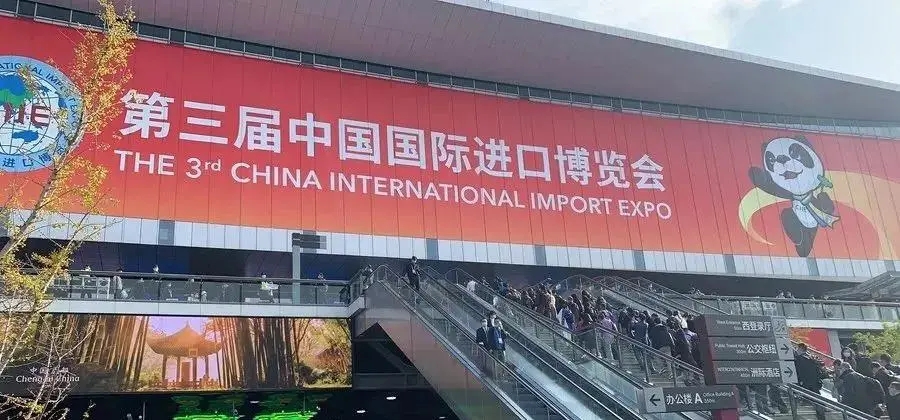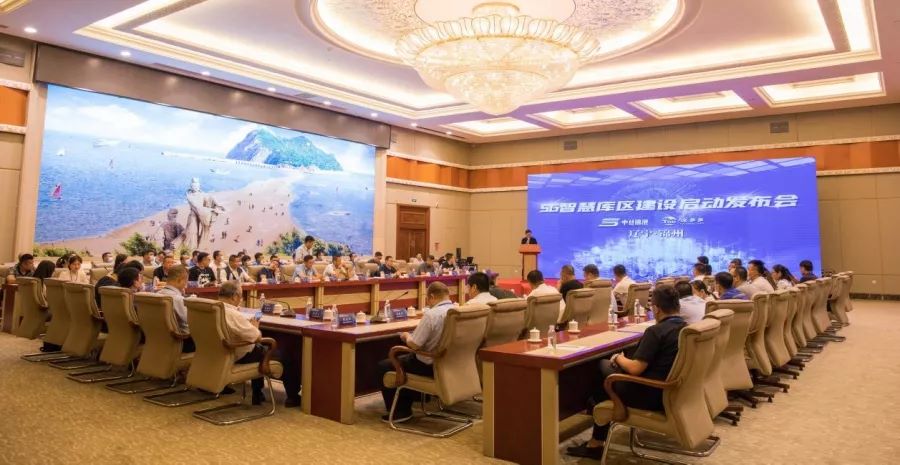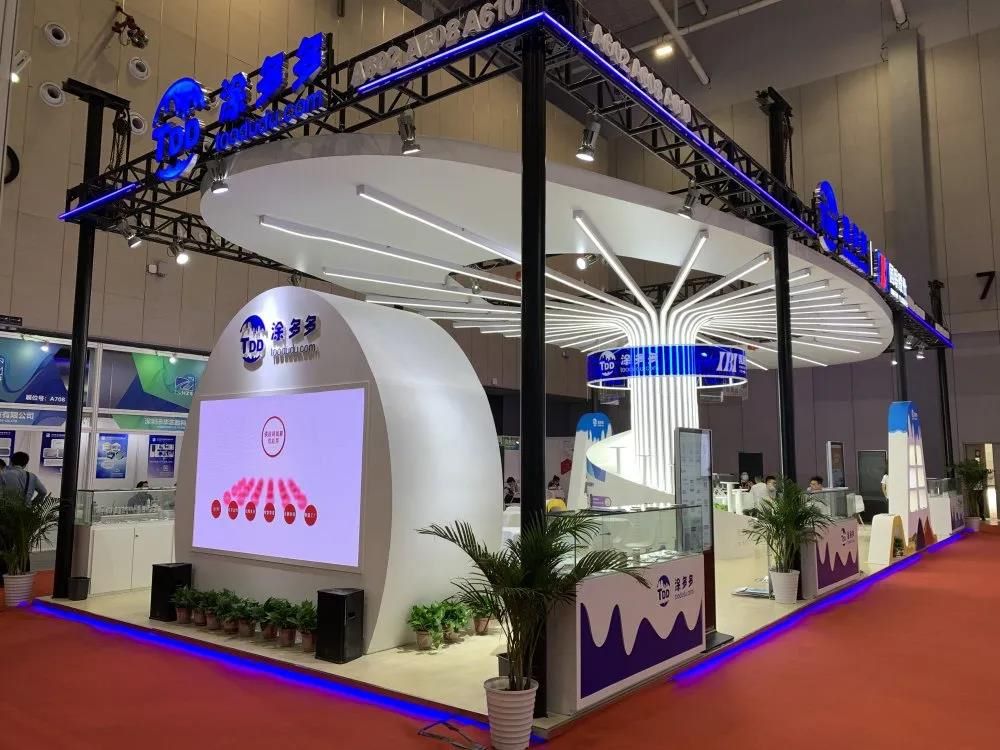Tire Lifespan: 5 Key Factors
As the only grounding part of a car, the service life of the tire is the result of the interweaving of multiple variables. The following is based on five core factors, combining materials science, mechanical engineering and actual usage scenarios to reveal the underlying logic of tire wear and provide quantifiable maintenance strategies.
Climate conditions: "Dual corrosion" mechanism of temperature and ultraviolet rays
1. High temperature environment: "thermal cracking" of rubber molecular chains is accelerated
Chemical principle: The main chain of rubber is composed of carbon-carbon double bonds. When the temperature exceeds 70°C, the molecular chain breaks 5 times faster (based on the 2023 thermal aging research data of "Rubber Industry").
The road surface temperature in the south often reaches above 65°C in summer, and the oxidation reaction rate of tread rubber is 300% higher than that at normal temperature (25°C), resulting in an annual increase in hardness of 8-12 Shore degrees.
Typical case: Statistics from a taxi fleet in Hainan show that when the same model of tire travels 150 kilometers per day in summer, its life is shortened by 14 months compared with winter, and the density of tread cracks increases by 2.3 per square centimeter.
Countermeasures:
In summer, tire pressure should be 0.1-0.2 Bar lower than the standard value to reduce deformation and heat generation;
Wipe the sidewalls with a tire protector with a neutral pH value every month to form a UV protection film.
2. Severe cold environment: fatal risk of rubber glass transition
Physical changes: When the temperature is below -10℃, the rubber enters the glass transition state, and the elastic modulus increases by 100 times. At this time, sudden braking will cause the tread blocks to crack directly. Nordic tests show that the impact absorption rate of the tread decreases by 67% at -15℃.
Data comparison: The average service life of winter tires in Harbin is 4 snow seasons (about 25,000-30,000 kilometers), while ordinary tires can only last for 1.5 snow seasons under the same conditions, and the risk of tire blowout increases by 4.2 times.
Scientific selection:
When the average temperature is below 7℃ for 5 consecutive days, winter tires (including snow tires or all-season tires) need to be replaced;
Avoid contact with snow-melting agents when parking in winter, as the chloride ions contained in them will accelerate the rust of the sidewall steel wire.
Driving habits: "micro-trauma accumulation" of dynamic loads on tires
1. Sudden acceleration/sudden braking: "high-frequency stress fatigue" of contact spots
Mechanical model: During sudden acceleration, the slip of the driving wheel will cause the instantaneous stress of the contact spot to reach 2.5MPa (about 0.8MPa during normal driving), causing plastic deformation of the tread rubber.
If the longitudinal slip distance caused by each sudden braking exceeds 2 meters, it is equivalent to the wear of 500 kilometers of normal driving.
Measured data: A driving simulator test shows that the tread wear rate of tires with frequent sudden acceleration (0-100km/h acceleration ≤7 seconds) is 41% higher than that of stable driving, and the peak tire temperature can reach 95℃ (normal about 65℃).
Habit correction:
Install an OBD driving behavior monitor and set a warning threshold for the number of sudden acceleration/braking times;
On urban roads, keep a 3-second distance from the vehicle to reduce the need for sudden braking.
2. High-speed crossing: "invisible fracture" of the sidewall cord
Impact load: When passing a 10cm high shoulder at a speed of 60km/h, the instantaneous impact force on the sidewall can reach 5-8 times the rated load of the tire. The dynamic impact test of a certain brand of tires showed that such impacts would cause 15% of the cords to micro-break, which is invisible to the naked eye but reduces the strength by 22%.
Damage accumulation: After 5 consecutive similar impacts, the risk of sidewall bulges increases by 73%. Common case: The owner did not slow down when passing the speed bump, and found a bulge with a diameter of 3cm on the sidewall one week later.
Operation specification:
The speed when crossing the bump should be controlled within 20km/h, and the angle between the tire and the obstacle should be ≤30°;
Use ultrasonic flaw detector to check the integrity of the sidewall cord regularly (service provided by professional maintenance shops).
3. Overloaded driving: "creep failure" process of the tire body
Material mechanics: When the load index exceeds 20%, the tire body rubber is in a continuous creep state, and the permanent deformation of the sidewall increases by 0.3mm for every 100 kilometers traveled. When the overload exceeds 30%, the tire contact area increases by 18%, but the heat dissipation efficiency decreases by 25%, causing the internal temperature to exceed the critical value (120℃).
Statistical data: In the case of overloaded logistics vehicles, 62% of the tire failure forms are tread delamination, which is 5.8 times higher than normal use. After a heavy truck was overloaded by 2 tons and traveled 50,000 kilometers, the tire life was shortened by 58% compared with the standard load.
Regulations and technologies:
Strictly follow the "MAX LOAD" value marked on the tire sidewall (such as 91V=615kg);
Install a tire pressure monitoring system (TPMS) and set an overload warning (such as an alarm when the standard load exceeds 10%).
Vehicle load: "cooperative destruction" of static imbalance and dynamic instability
1. Abnormal tire pressure: "geometric reconstruction" of wear pattern
Pressure distribution model:
When the tire pressure is too high (0.5Bar higher than the standard value), the central contact stress of the tread increases by 40%, resulting in "convex wear" and a 25% shortening of the pattern life;
When the tire pressure is too low (0.3Bar lower than the standard value), the sidewall bending deformation increases by 35%, causing "feather wear", and the fatigue strength of the cord decreases by 19%.
Real-time monitoring: The EU ECE R64 standard requires that new cars must be equipped with TPMS, and its accuracy must reach ±0.05Bar. It is recommended to use a high-precision tire pressure gauge (error ≤ ±0.02Bar) for calibration every month, especially when changing seasons (the tire pressure changes by about 0.1Bar for every 10℃ change in temperature).
2. Four-wheel alignment deviation: "directional loss of control" of wear
Parameter influence:
Toe angle deviation ±1°: causes the tire to slip 5-8 cm laterally for every 1 km of driving, and the single-side pattern wears 0.8 mm more per year;
Camber angle deviation ±1.5°: causes the tire contact surface to be "conical" and the inner or outer pattern to be worn out in advance.
Inspection cycle: It is recommended to perform full four-wheel alignment (including 6 parameters such as kingpin caster angle and thrust angle) every 20,000 kilometers or after replacing suspension parts. Data from a certain brand's 4S store shows that the average tire life of vehicles with accurate positioning is extended by 1.2 years.
Storage environment: "time trap" of static loss
1. Long-term parking: "stress relaxation" of contact points
Physical phenomenon: When the tire is left stationary for more than 2 weeks, the rubber molecules in contact with the ground will experience stress relaxation and permanent deformation (i.e. "flat spot").
When the vehicle speed exceeds 60km/h, the vibration frequency caused by the flat spot can reach 10-15Hz, far exceeding the human comfort threshold (4-8Hz).
Professional storage:
Use a tire stand to suspend the vehicle so that the tire is 5-10cm off the ground;
Rotate the tire 90° every two weeks to change the pressure point;
The parking environment needs to be light-proof and moisture-proof, with humidity controlled at 50%-70% and temperature ≤25℃.
2. Chemical erosion: "external destruction" of molecular chains
Corrosion mechanism:
Aromatic compounds in engine oil will penetrate rubber, increase the swelling rate by 15% and reduce strength by 30%;
After the battery electrolyte (sulfuric acid) contacts the tire, it can corrode the tread rubber within 30 minutes, forming irreversible pits.
Protective measures: Avoid residual chemicals on the ground in the parking lot. Use special tire cleaning agents (such as 3M Tread Bright) when cleaning. Do not use solvents such as diesel and gasoline for wiping.
Tire type: "innate genes" from molecular formula to usage scenarios
1. Ordinary passenger car tires: a balance-oriented "jack of all trades" design
Formula features: A system of high-cis polybutadiene rubber (BR) and natural rubber (NR) (ratio of about 6:4), elongation at break ≥ 550%, taking into account wear resistance (Akron wear ≤ 0.15cm³/1.61km) and wet grip performance.
Life limit: Under standard working conditions (annual average of 15,000 kilometers, temperature 10-35℃), the design life is 5-7 years or 60,000-80,000 kilometers, and it needs to be replaced when the tread depth is worn to 2 mm.
2. New energy vehicle tires: "Special operations" under high loads
Technical breakthroughs:
Highly dispersed white carbon black (content ≥ 18%) is added to the tread rubber to reduce rolling resistance (rolling resistance coefficient ≤ 6.5N/kN) while improving tear resistance (≥ 35kN/m);
The carcass reinforcement layer uses aramid fiber, which is 40% stronger than traditional steel cord to cope with the curb weight of more than 2.5 tons of new energy vehicles.
Life characteristics: Tesla Model Y original tires (Michelin PS EV) are measured and show that in an annual average of 20,000 kilometers and a fast charging ratio of 40%, the life is about 4-5 years or 50,000-70,000 kilometers, which is 12%-18% shorter than the same specification fuel tires.
3. Off-road tires: "survival experts" in extreme environments
Structural reinforcement:
The sidewall adopts a double-layer carcass design with a thickness of 4.5mm (about 2.8mm for ordinary tires), and the anti-cutting performance is improved by 200%;
The tread block stiffness is increased by 35%, and the anti-block performance on rocky roads reaches ISO 27828 standard level 4 (maximum level 5).
Road loss: When the BFGoodrich KO2 all-terrain tire is driving on paved roads, the tire noise is 8-10dB higher than that of ordinary tires, and the wear rate is 22% faster. It is recommended that the proportion of road use should not exceed 60%.
Cross-factor synergistic influence: 1+1>2 loss amplification effect
When factors such as climate, driving habits and tire type are superimposed, the loss will show nonlinear growth:
Case: A car owner in Northeast China uses ordinary tires, frequently accelerates through icy roads in winter, and the tire pressure is 0.2Bar lower than the standard value. Actual measurements show that the tire life is only 38% of the theoretical value, and the tread crack density is 2.7 times that of a single factor.
Model prediction: The life prediction model established through orthogonal tests shows that the combination of high temperature (+30°C) + 20% overload + tire pressure less than 0.3Bar will shorten the tire life to less than 50% of the design value, and the tire blowout risk index (based on tire temperature, deformation, and crack depth) will soar to the dangerous range (>85).
Data-driven life management: from empirical judgment to scientific maintenance
Establish tire files: record the production date, installation location, tire pressure monitoring values, and wear data of each tire (measured monthly using a tread depth gauge);
Introduce AI prediction: Some high-end TPMS (such as Continental AI Tire) can calculate the remaining life in real time through built-in sensors, and automatically alarm when the predicted value is less than 6 months;
Full life cycle cost analysis: Taking a 200,000 yuan car model as an example, choosing a high-wear-resistant tire (such as Bridgestone ER33) costs 200 yuan more per tire, but it can reduce 1.2 replacements during the entire life cycle, reducing the overall cost by 15%.











